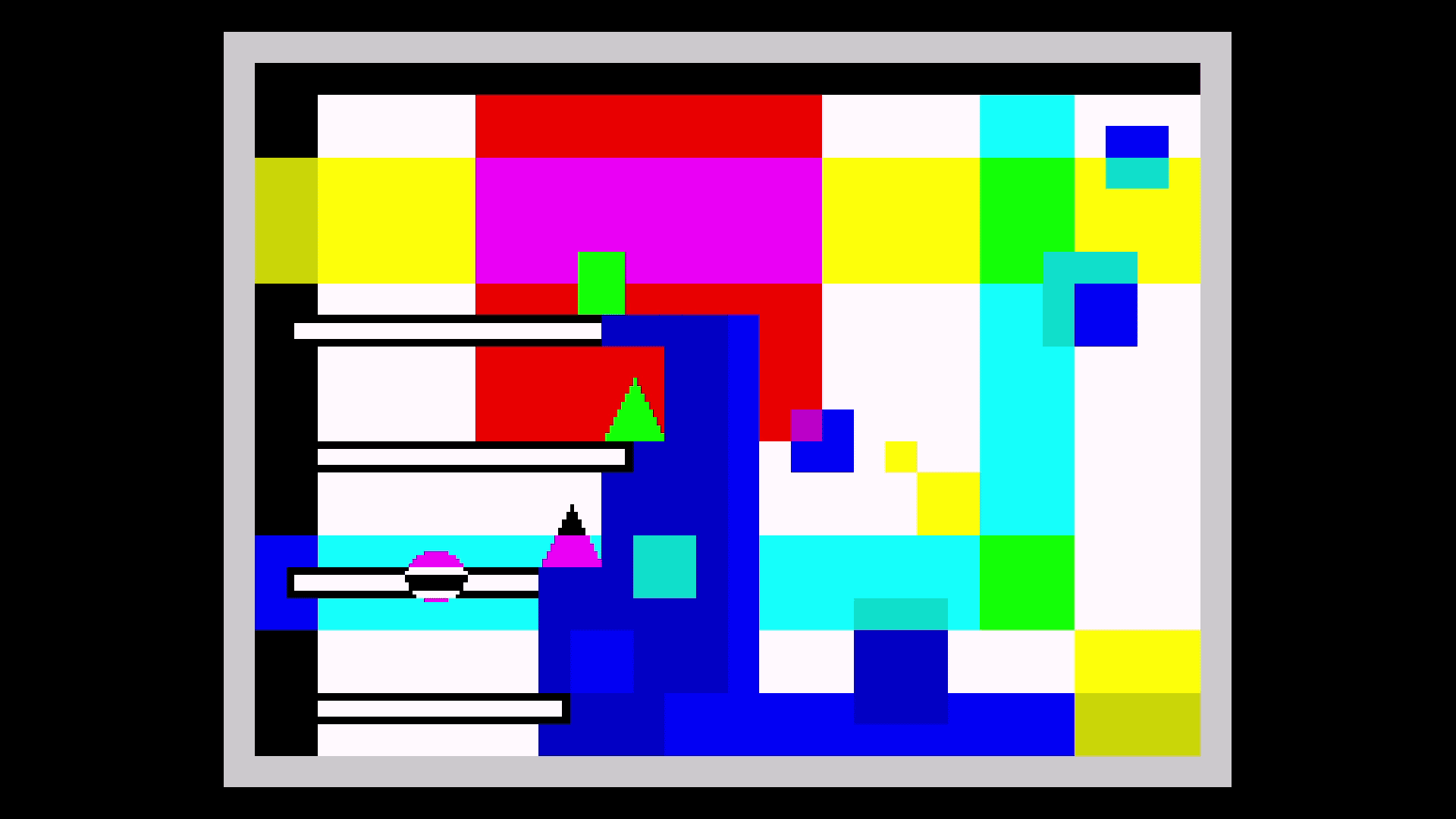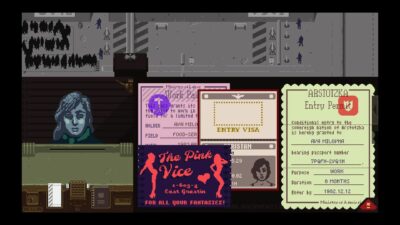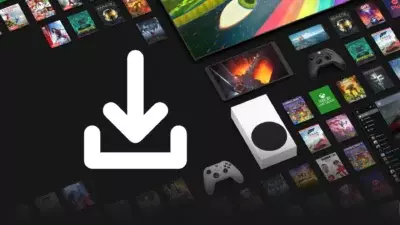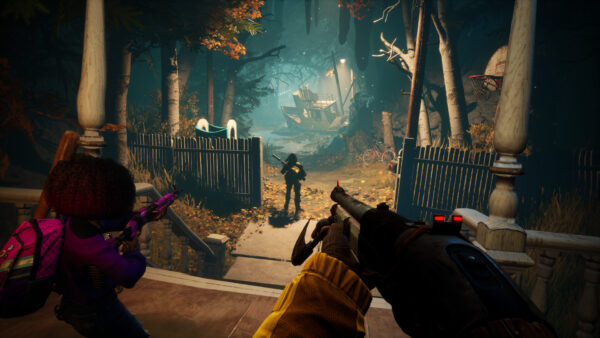
Triangle, Circle, Square provides a clear instance where the ZX Spectrum’s colour clash works for games and not against them, Kim writes.
That people are still making modern games for an old computer like the ZX Spectrum is a joy in itself. But what’s even more exciting is when someone makes a game capable of surprising you, even after all these years. I encountered one such example this month: a game that uses the Spectrum’s limitations in a way that feels incredibly new. This is not a bad thing to see from a 40-year-old computer, it has to be said.
The game’s called Triangle, Circle, Square – or TCQ for short – and it takes one of the Speccy’s signature traits, colour clash, and uses it in ways that totally turn it on its head. Colour clash, back in the commercial days of the system, was seen as something to be avoided at all costs because it made the Spectrum look weak. (For technical reasons we won’t bore you with here, the Spectrum could only display two colours in one 8×8 block of pixels, which often led to odd visual artefacts like a player character changing colour as it walked past, say, a red wall and a green hedge – Ed). But what happens when you take this perceived weakness and treat it as if it’s a strength? Well, you get something like TCQ.
TCQ was made by Brazilian developer Paulo Andrés de Matos Villalva, who goes by the name of Amaweks online. I noted with interest that he didn’t actually become familiar with the Speccy until 2014 and that, as an artist, he fell in love with the strange way the Speccy behaves when two colours fight against each other and bleed out all over the place. TCQ uses colour clash to give all of these impressions of playing with light and shadow, of multiple layers working away, and of a depth that you don’t often find in games on the Spectrum – and it does it all using basic shapes and primary colours. The game’s aesthetic is inspired by the art of the modernist Piet Mondrian, who was famed for only using geometric shapes and primary colours in his abstract paintings, and TCQ attempts to go for the same feel in a computer game. It turns out that the Spectrum is quite a suitable computer for this, particularly thanks to its trademark colour clash – the game has a look that would perhaps be harder to recreate on a contemporary machine like the C64.
In the 1980s, software houses would go to some serious lengths to avoid colour clash on the ZX Spectrum, even to the point where they would strip the colour out of games entirely. Such commercially minded decisions don’t need to be made nowadays, but when you also consider that Paulo didn’t grow up with the system, that perhaps also factors into this game’s unique style – there’s a lot to be said for being able to approach a system without even the prejudices that might have come from using it back in its salad days, and the result of that is a game that feels utterly modern and new on a computer that originally came out in 1982. Highly recommended indeed.






1 Comment
Thank you very much vor your minidoc video and for this review, I just loved. I have releaed my new Game, Bruxólico, if you wish contact me to talk about it. Thank you very much. http://www.amaweks.com